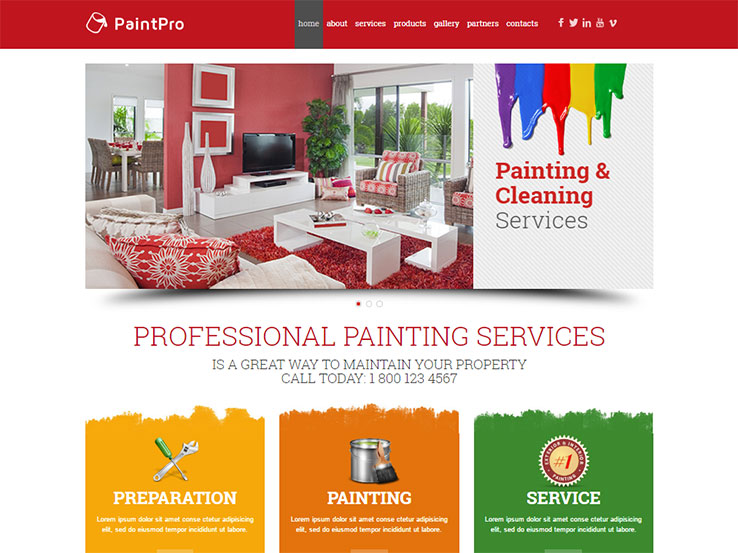Exactly How Do The Best Shades Impact Your Brand'S Appeal In Industrial Exterior Painting? Discover The Necessary Variables That Guide Your Selections
Exactly How Do The Best Shades Impact Your Brand'S Appeal In Industrial Exterior Painting? Discover The Necessary Variables That Guide Your Selections
Blog Article
Produced By-Mendoza Sexton
When it involves commercial exterior painting, the colors you choose can make or break your brand name's allure. Understanding how house painting minneapolis affect understanding is key to drawing in customers and building trust. Yet it's not nearly personal preference; local trends and regulations play a significant role as well. So, how do you locate the excellent equilibrium between your vision and what resonates with the community? Let's check out the vital variables that direct your color options.
Understanding Shade Psychology and Its Influence On Business
When you pick colors for your company's outside, comprehending color psychology can dramatically affect exactly how possible clients regard your brand name.
Shades stimulate feelings and set the tone for your service. For example, blue commonly communicates count on and professionalism, making it perfect for banks. Red can create a sense of seriousness, ideal for dining establishments and inventory-clearance sale.
Meanwhile, green represents growth and sustainability, interesting eco-conscious customers. Yellow grabs attention and stimulates positive outlook, but excessive can overwhelm.
Consider your target audience and the message you wish to send. By choosing the right shades, you not just improve your visual charm yet also straighten your photo with your brand name values, inevitably driving client engagement and commitment.
Studying Citizen Trends and Laws
Exactly how can you ensure your external painting choices reverberate with the neighborhood? Beginning by investigating neighborhood patterns. Check out neighboring companies and observe their color schemes.
Take note of what's preferred and what feels out of place. This'll assist you align your selections with area appearances.
Next off, inspect local laws. Several towns have standards on exterior colors, especially in historic areas. You do not intend to spend time and cash on a scheme that isn't certified.
Engage with regional company owner or area groups to gather insights. They can give valuable comments on what colors are popular.
Tips for Integrating With the Surrounding Atmosphere
To create a cohesive look that mixes perfectly with your surroundings, think about the natural surroundings and architectural styles nearby. Begin by observing the colors of close-by structures and landscapes. Natural tones like greens, browns, and muted grays usually work well in natural setups.
If your building is near vibrant metropolitan areas, you may select bolder tones that mirror the local power.
Next off, consider the architectural design of your building. sherwin-williams mission statement may gain from classic shades, while modern layouts can accept modern palettes.
Examine your shade options with samples on the wall to see exactly how they connect with the light and setting.
Lastly, keep in mind any type of neighborhood standards or community appearances to ensure your option improves, rather than encounter, the surroundings.
Final thought
Finally, picking the ideal shades for your commercial outside isn't practically aesthetic appeals; it's a critical choice that impacts your brand name's assumption. By tapping into color psychology, taking into consideration neighborhood trends, and making certain consistency with your environments, you'll produce an inviting environment that attracts clients. https://www.sfgate.com/realestate/article/pink-painted-lady-for-sale-17188003.php to test examples prior to committing! With the right technique, you can raise your service's curb allure and foster enduring consumer interaction and commitment.
